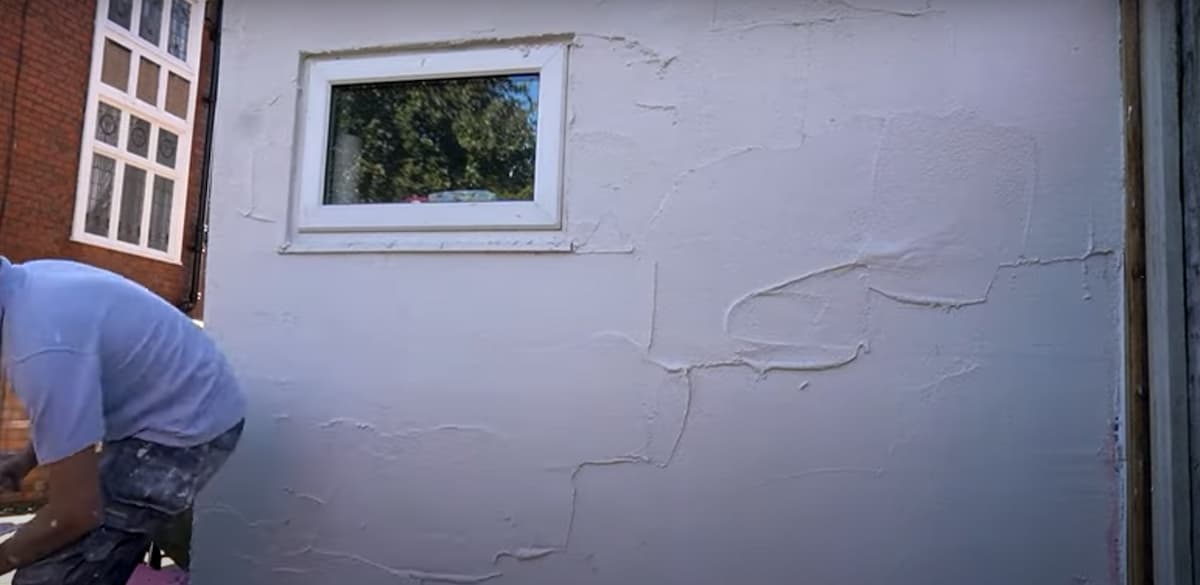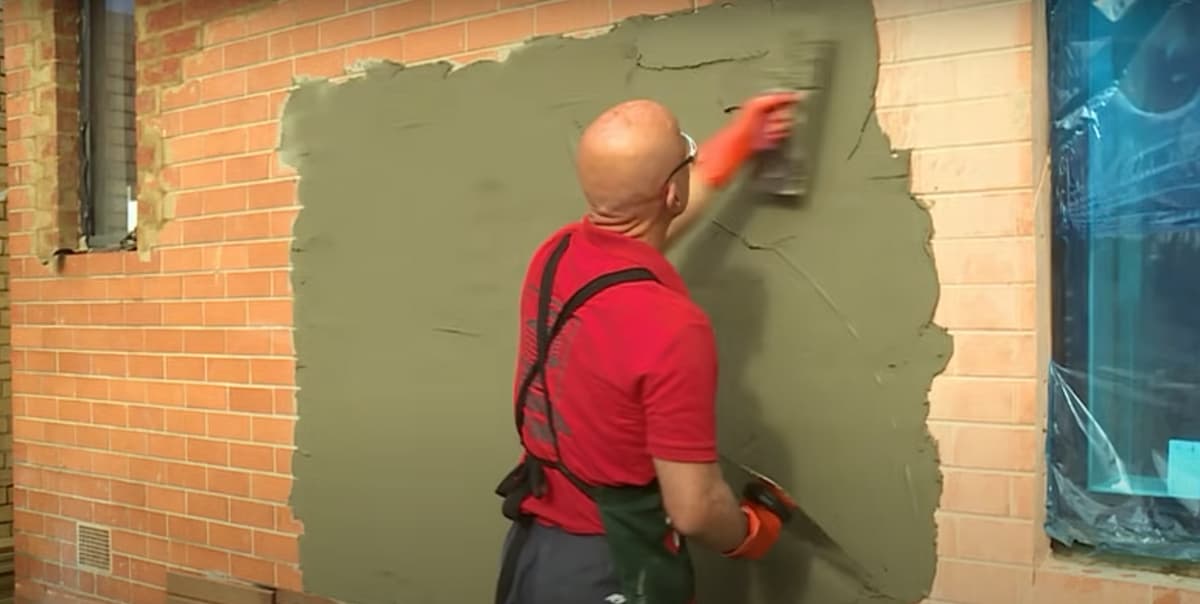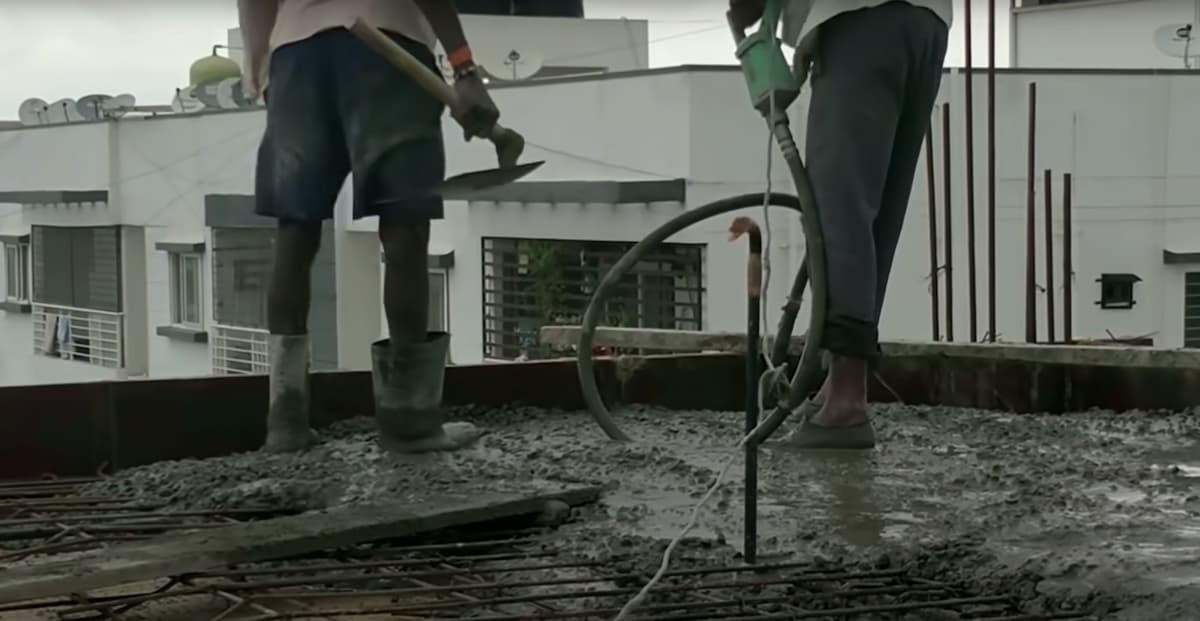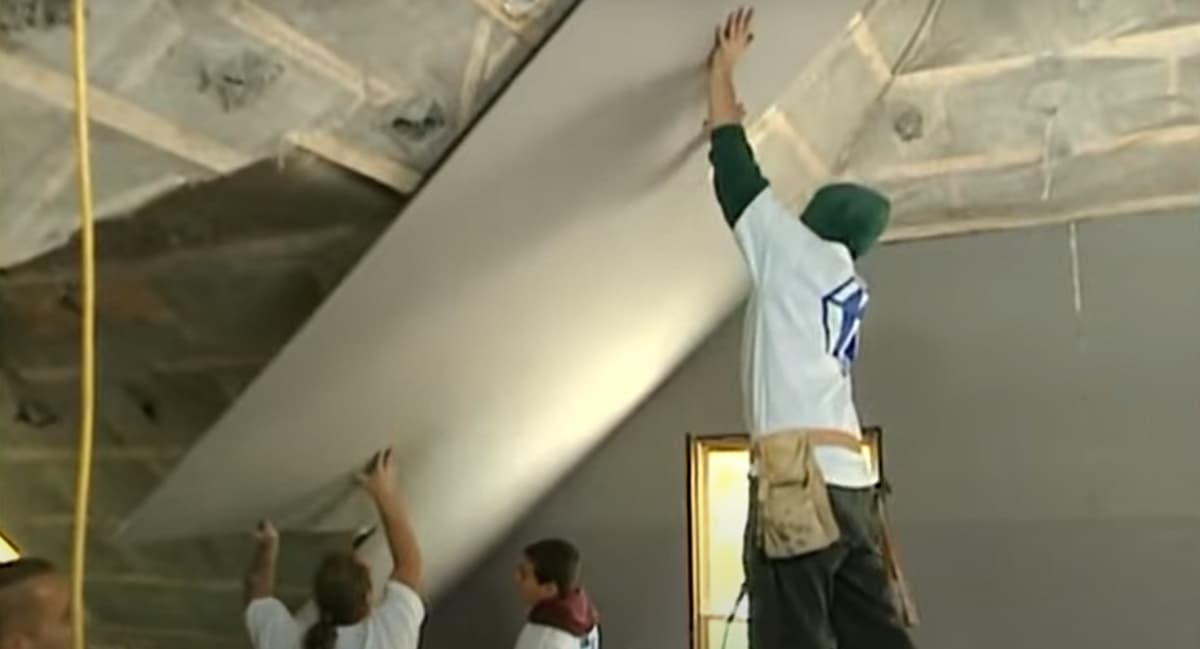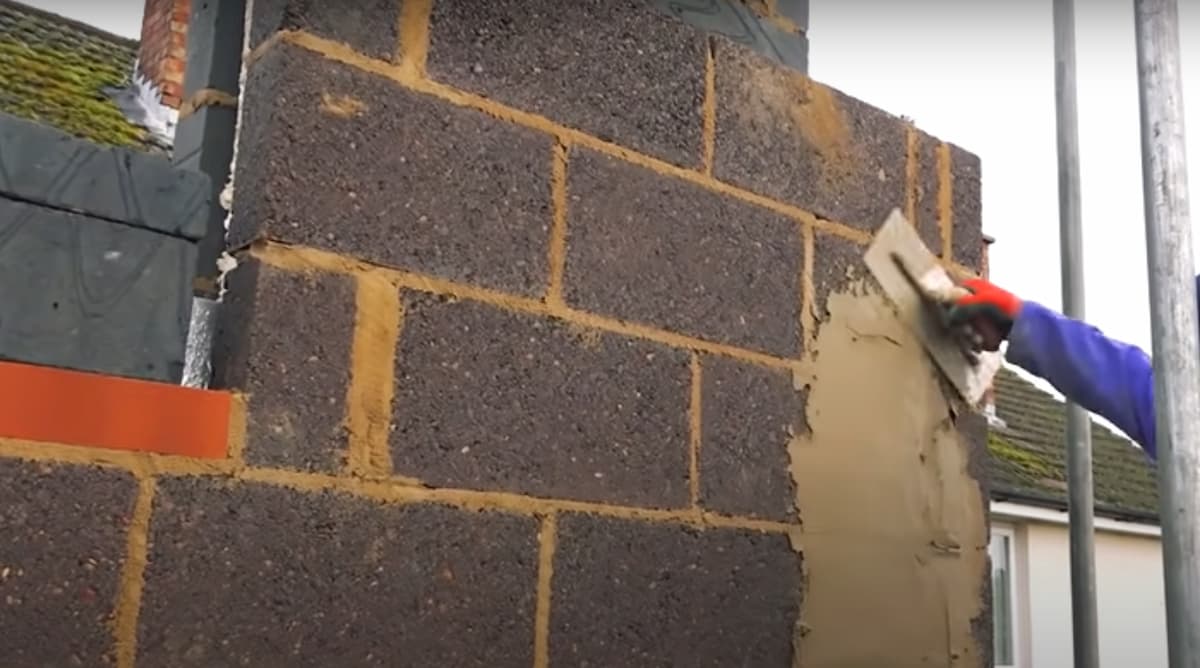
Render Introduction
Waterproof, in terms of renders, is an oxymoron. Water will degrade your render over time, no matter what the weather. Penetrating damp, water vapour, rain, snow etc., from moist and warm weather will always affect every building.
There are two main types of render used by professionals to create beautiful walls and buildings;
- Fossil products
- Lime Render Products.
Both require specific cure rates for maximum compressive strength to work properly… And by ‘properly’, we mean ‘fully waterproof’.
The reason it needs to be fully waterproof is that water needs somewhere to go, eventually. Either by permeating through the render or simply pooling on top of it, moisture will create wet patches on every building.
I’ll get onto that later, but first, let’s look at exactly what makes up a good render finish according to Waterproof Render Systems Ltd, Waterproof render is defined as any render that has a minimum compressive strength of 20N/mm2.
To achieve this, renders have to be fully cured before being exposed to the elements. This requires four factors to all come together at the same time – you can’t do one without doing another because it will cause problems later on…
1. Properly mixed ingredients for the right consistency
2. Proper application techniques are used generally throughout applying the material
3. The correct type of water must be used in the mix ideally rainwater
4. The mix is applied promptly and carefully ensuring no air pockets form.
Also, every layer should overlap with previous layers by 50%, creating a strong bond between each layer.
Can I Waterproof External Walls?
Unfortunately, no.
You could put a load of render on your outside walls all day long but unless you used one of the two types mentioned above (lime or fossil) then it will fall off your wall eventually.
What Makes up Fossil Render?
The ingredients for fossil renders are naturally occurring minerals that contain silica, alumina and iron oxide – which are non-reactive with water i.e., these materials are naturally damp proof and water repellent… So they never need re-rendering
Fossil renderers work by bonding to surfaces using polymer crystals during the curing process, rendering them totally waterproof. This is known as ‘carbonation’, meaning using carbon dioxide from the air to create additional chemicals within the render mix which creates a calcium carbonate deposit. It’s this that creates the ultra-durable finish which is damp proof.
How does Lime Render Works?
Lime render is also manufactured using natural products (calcium carbonate) and water. The production process creates an active ingredient called ‘lime putty’ which chemically bonds to both bricks and steel – making them fully waterproof… But leaves anything between your walls untouched.
Lime rendering has been around for thousands of years; many ancient buildings were rendered with lime including the pyramids in Egypt! It’s certainly not new technology by any stretch of the imagination; however modern-day high performance renders now use much more up-to-date materials and techniques to create and maintain our buildings.
Which Type of Render to Use?
Well, as Fossil renders tend to come with a slightly higher price tag (yet less maintenance) I would usually see money as the answer here. If you can afford the best, then go for it! Lime is good, but fossil dry powder renders are better…
At least they won’t need to be re-rendered in five years time which saves you even more money. The other thing about fossil renders is that once cured and turned into carbonate crystals, there’s no way water molecules can get through them – so they’re always 100% waterproof.
The Latest news search on property and real estate shows new methods and upgrade to the way the damp problem is treated in new building construction. In most cases, the new technology is flexible and can be applied to existing external and internal walls.

Waterproofing Existing Concrete or Cement Render?
Yes, you can.
Waterproofing an existing concrete wall would require extra care. Concrete walls are porous and need to be rendered before tiling can occur.
However, if your wall has no tiles on it, the rendering is a notch easier than when you have to remove an existing tile work. The finished rendering needs to be durable so water cannot penetrate the surface.
Lime renders work by bonding with the bricks AND steel which provides superior durability but at a higher price tag compared to fossil dry powder renders (which only bond with brick surfaces).


